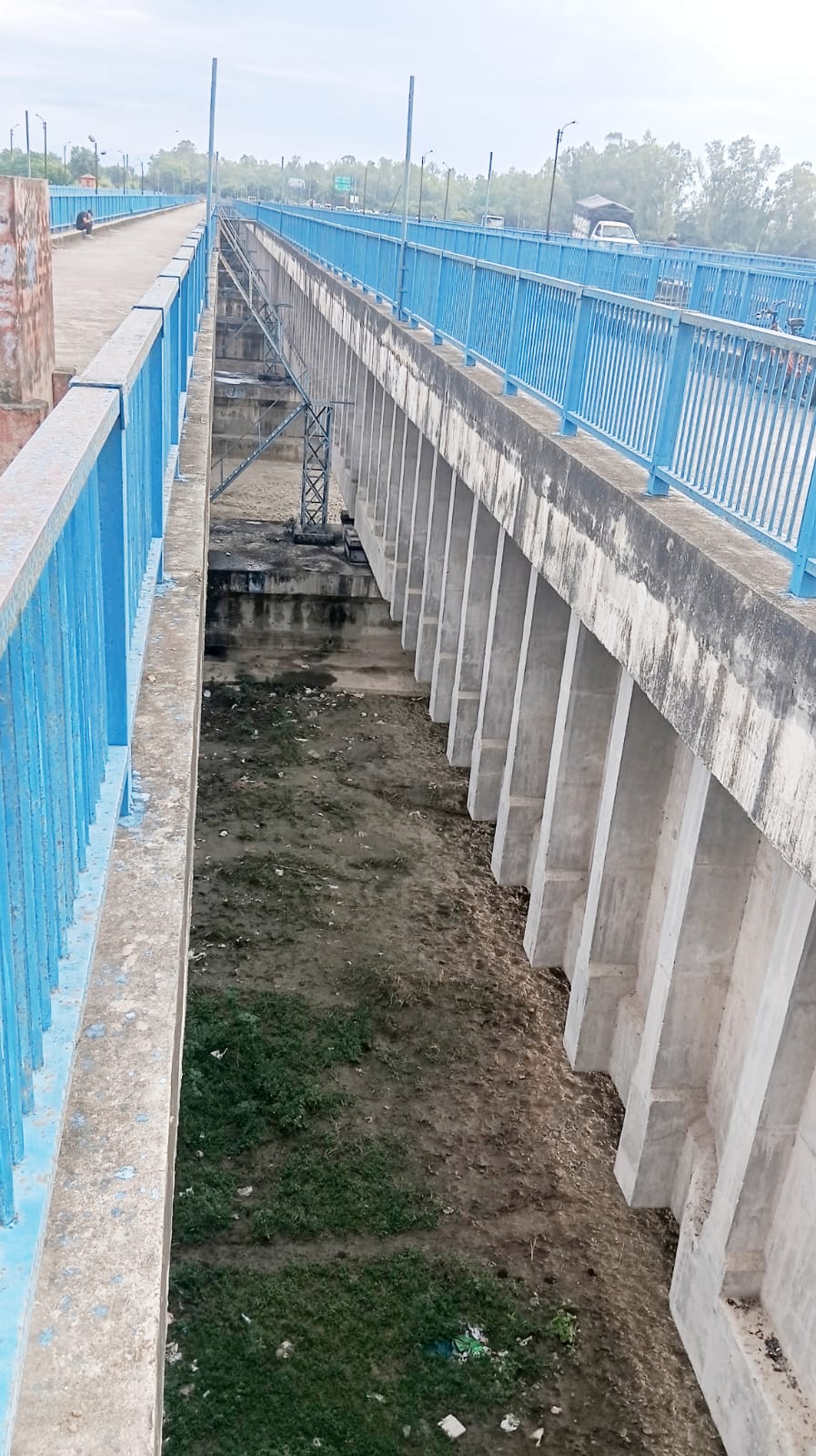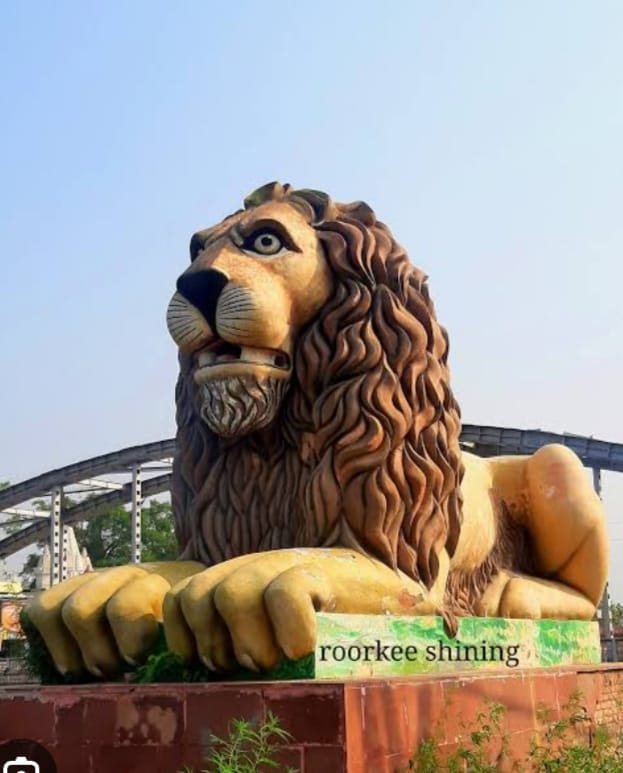By
Mr. S.L. Ghorpade
Under the guidance of Prof. A.B. Shendge
Dattakala Group of Institutions Faculty of Engineering, Swami – Chincholi (Bhigwan).
Abstract- The construction of tunnel is important for different purposes. They can be constructed for railways, roadways, pedestrian footways and can be built in hard rock, soft ground, river bed and are also used to convey Hydroelectric power, water stream, or as a sewer. The construction of Diversion Tunnel, Pressure Shaft, and Tailrace Tunnel to convey water is considered in this project. To identify Scheduling of different activities by various methods Network Diagram, C.P.M., P.E.R.T. and their cycle time is calculated. Scheduling for different activity is carried out with the help of Network Diagram & Primavera Software will be carried out in a project stage II. Study of Estimation for a Diversion Tunnel, Pressure Shaft, and Tailrace Tunnel by both methods. Excavation in heading and benching, Rock bolt support work, lining work is considered for cycle time and cost estimation calculation in Diversion Tunnel, Pressure Shaft, and Tailrace Tunnel. Estimation is also carried out by two methods. The comparison of two methods adopted for excavation work and estimation will be carried out in a project stage II.
Keywords- Scheduling, C.P.M., P.E.R.T., Gantt chart, Network Diagram, Estimation, Heading, Benching, Cycle time, Lining, Rock Bolts, Diversion Tunnel, Pressure Shaft, Tailrace Tunnel.
Read More



